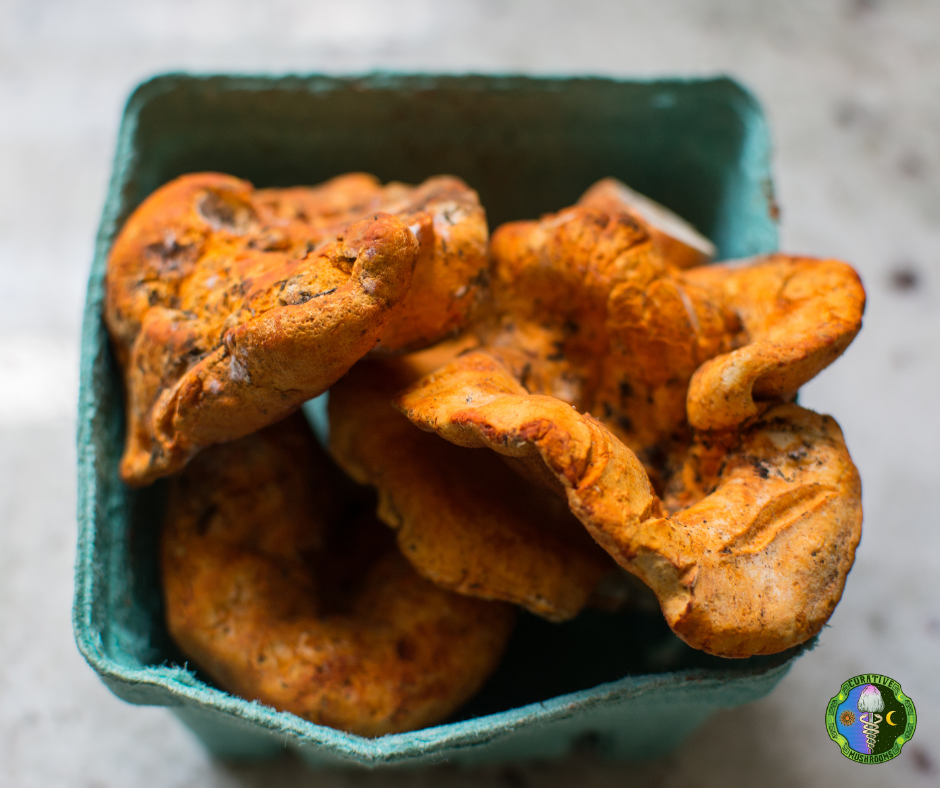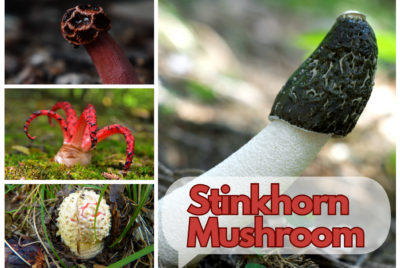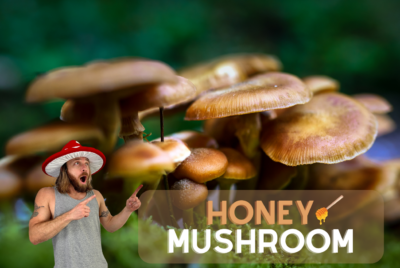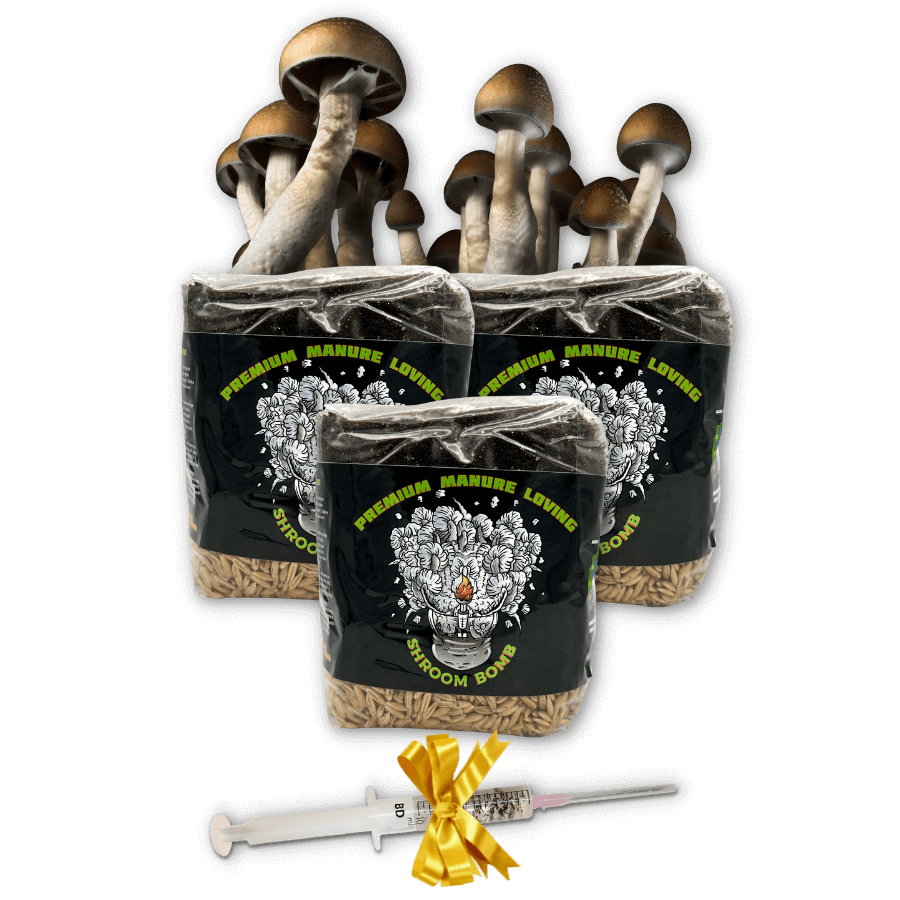If you're diving into the world of mushroom cultivation, there's one tool that stands out as…
Lobster Mushrooms Identification Guide

Lobster mushrooms, scientifically known as Hypomyces lactifluorum, are a unique and delectable find in the world of fungi. With their vibrant colors and distinct flavor, these wild mushrooms have gained popularity among foragers and chefs alike. In this comprehensive guide, we will delve into the fascinating world of lobster mushrooms, covering topics such as their taste, identification, look-alikes, where they grow, how to clean them, where to buy them, and the best methods for storing them.
Identifying Lobster Mushrooms
Identifying lobster mushrooms requires attention to specific characteristics. These features include:
Color: These mushrooms typically range from bright orange to deep red, but their exact hue may vary based on environmental factors.
Texture: Their texture is firm and often wrinkled, similar to cooked lobster meat.
Size and Shape: Lobster mushrooms vary in size, but they generally have a somewhat irregular shape, often resembling a lobster claw.
Gills: Unlike typical mushrooms, they do not have gills. Instead, they have ridges or wrinkles on the cap’s underside.
Host: These mushrooms grow on the forest floor and typically attach themselves to other mushrooms as parasites. Understanding the host mushroom can be a clue to their presence.
Lobster Mushrooms Look-Alike
While Hypomyces lactifluorum are unmistakable once identified, there are potential look-alikes in the wild. One common case is when a Hypomyces parasitizes the Lactarius or Russula mushrooms. In this parasitic relationship, the Hypomyces transforms its host into the striking red-orange lobster mushroom. It’s essential to be cautious and experienced in identifying true “lobsters”, as some look-alike species can be toxic or inedible.
Lobster Mushrooms Taste

Lobster mushrooms are highly sought after for their distinct flavor. When cooked, they offer a savory, seafood-like taste, reminiscent of lobster or crab. The meaty texture and robust umami flavor make them a unique and exquisite addition to various culinary creations. Their natural flavor pairs well with a range of dishes, making them a favorite among gourmet chefs.
Where Do Lobster Mushrooms Grow?
Lobster mushrooms have a widespread distribution and can be found in various forested regions across North America and Europe. They prefer growing in coniferous forests and mixed woodlands. These distinctive fungi thrive in the company of their host mushrooms, such as Lactarius and Russula species. To increase your chances of finding them, explore areas where these host mushrooms are known to grow.
Where to Buy Lobster Mushrooms?
While foraging for lobster mushrooms can be an adventurous and rewarding pursuit, they may not be readily available in all regions. In such cases, you can turn to specialty markets, farmers’ markets, or online sources to purchase them. It’s important to choose reputable sources that sell fresh, high-quality mushrooms. Local farmers’ markets and online gourmet food stores are excellent options for procuring these sought-after fungi.
How to Clean Lobster Mushrooms?
Cleaning lobster mushrooms is a straightforward process. Follow these steps to ensure they are safe and ready for culinary use:
Trim: Start by trimming the base and any parts that may be contaminated or overly dirty.
Brush: Use a soft brush or a cloth to gently remove dirt and debris from the cap and ridges. Avoid soaking them in water as lobster mushrooms readily absorb moisture.
Rinse: If necessary, rinse them lightly under running water, but do this quickly to minimize water absorption.
Inspect: After cleaning, inspect the mushrooms for any remaining dirt or unwanted material. Cut away any problematic sections.
How to Store Lobster Mushrooms?
Proper storage is crucial to maintain the freshness and flavor of lobster mushrooms:
Refrigeration: Place mushrooms in a paper bag or a cloth-lined container. Avoid sealing them in plastic, as it can trap moisture, leading to spoilage.
Temperature: Store them in the refrigerator’s crisper drawer, where the temperature and humidity are optimal for their preservation.
Use Promptly: These mushrooms are best enjoyed fresh, so try to use them within a few days of purchase or foraging.
Drying: To extend their shelf life, consider drying mushrooms. Slice them thinly and dehydrate at a low temperature, then store them in an airtight container.
Freezing: Freezing is another option, though it can alter the texture slightly. Blanch the mushrooms briefly, drain, and freeze in airtight containers or vacuum-sealed bags.

Final Thoughts on Lobster Mushrooms
In conclusion, Hypomyces lactifluorum are a fascinating and delicious addition to the world of wild mushrooms. Their unique taste, vibrant appearance, and culinary versatility make them a prized find for foragers and chefs. Whether you choose to forage for them in the wild or purchase them from reputable sources, the key is to enjoy them fresh and to follow proper cleaning and storage practices to savor their distinctive flavor. Happy hunting and cooking!







Comments (0)